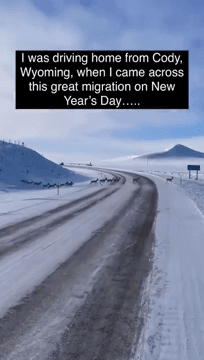
Effective Raccoon Control with Thermal Imaging Oleg is not limited to just controlling large pests in his lands. Last night, he successfully controlled the raccoon population using advanced thermal imaging technology. This process is important for preserving the ecosystem and protecting agricultural lands. Controlling the raccoon population is an important task for hunters and farmers. These animals can cause significant damage to crops, so controlling their population becomes a priority. To effectively accomplish this task, Oleg uses high-quality thermal imaging devices. The use of thermal imaging devices allows you to accurately detect and track raccoons at night. Oleg uses: Thermal imaging sight RikaNV Lesnik 350L: This device provides excellent visibility in the dark and helps to accurately target an object. Learn more about RikaNV Lesnik 350L: https://rikasale.ru/product/rikanv_lesnik_350l/ Thermal imaging monocular RikaNV Hypnose 650Pro: Ideal for long-range observation and
Post: 11 January 10:02























